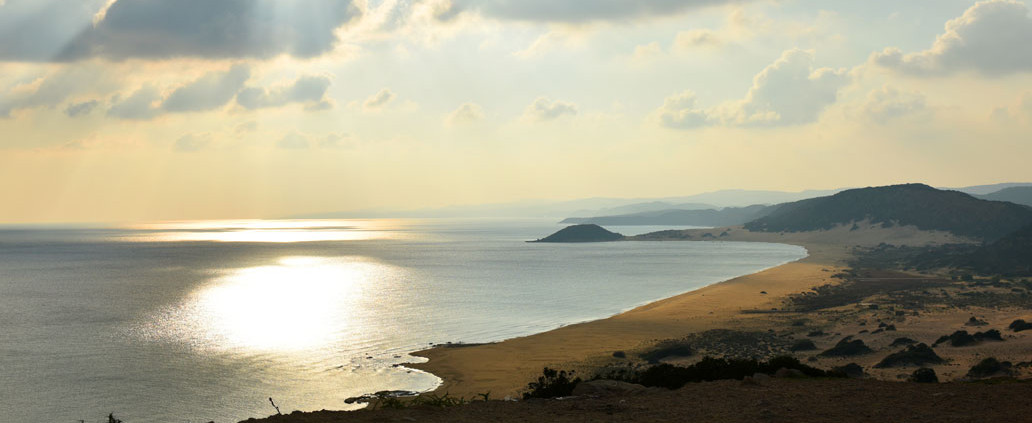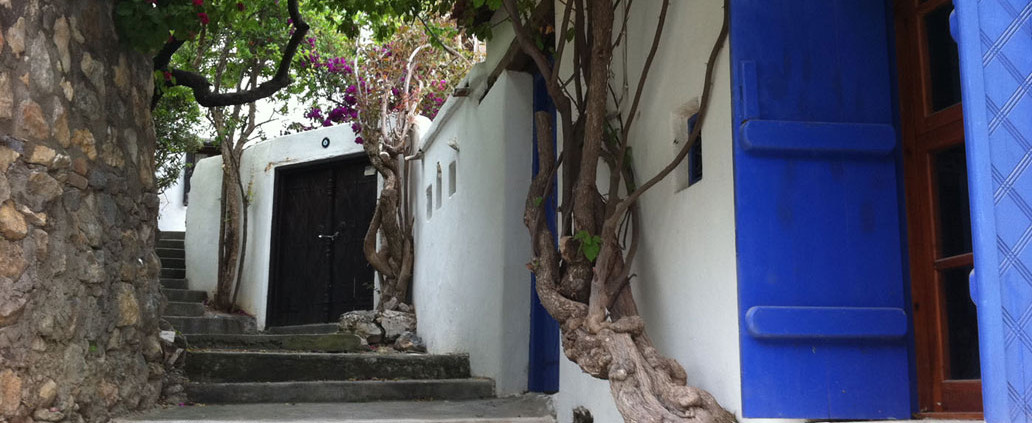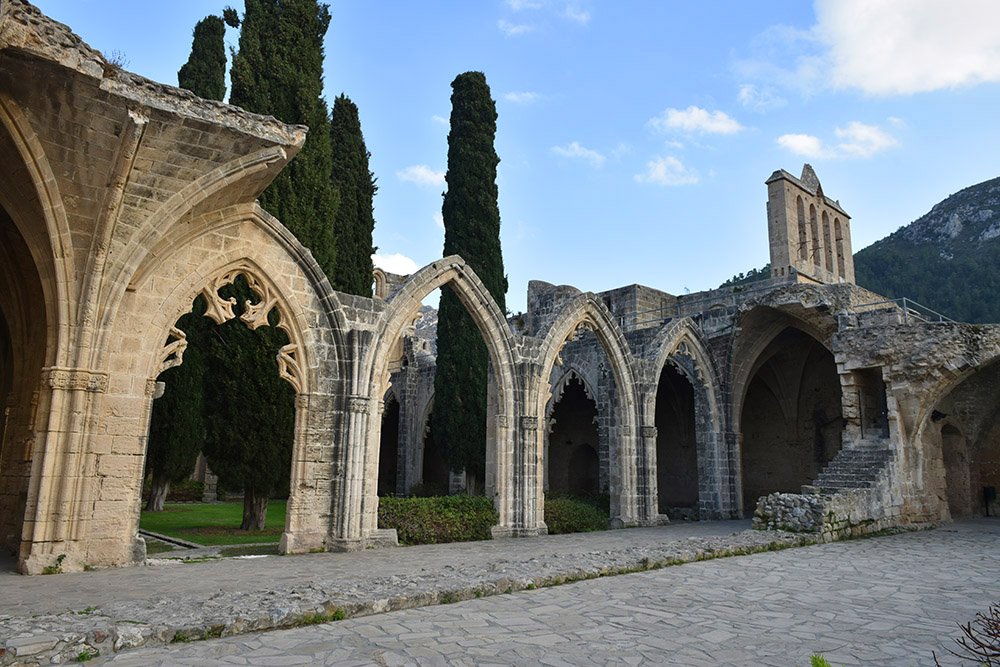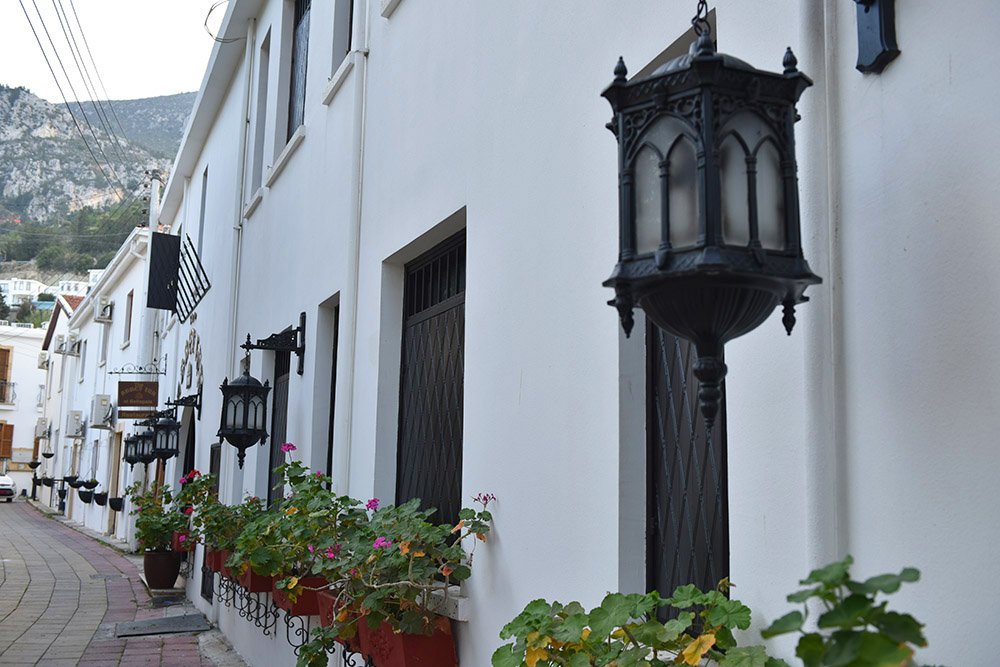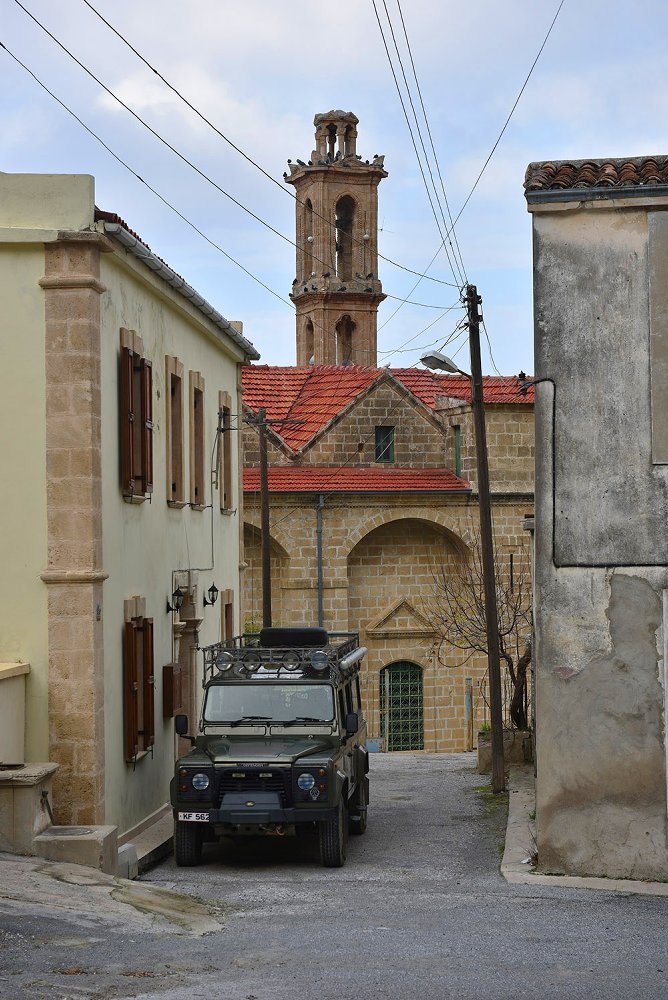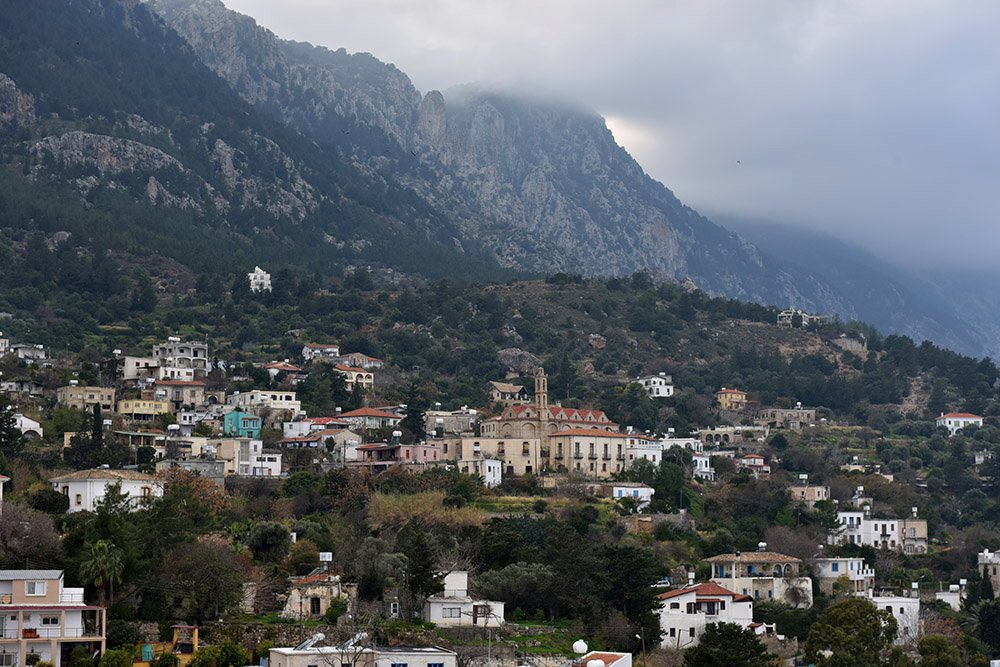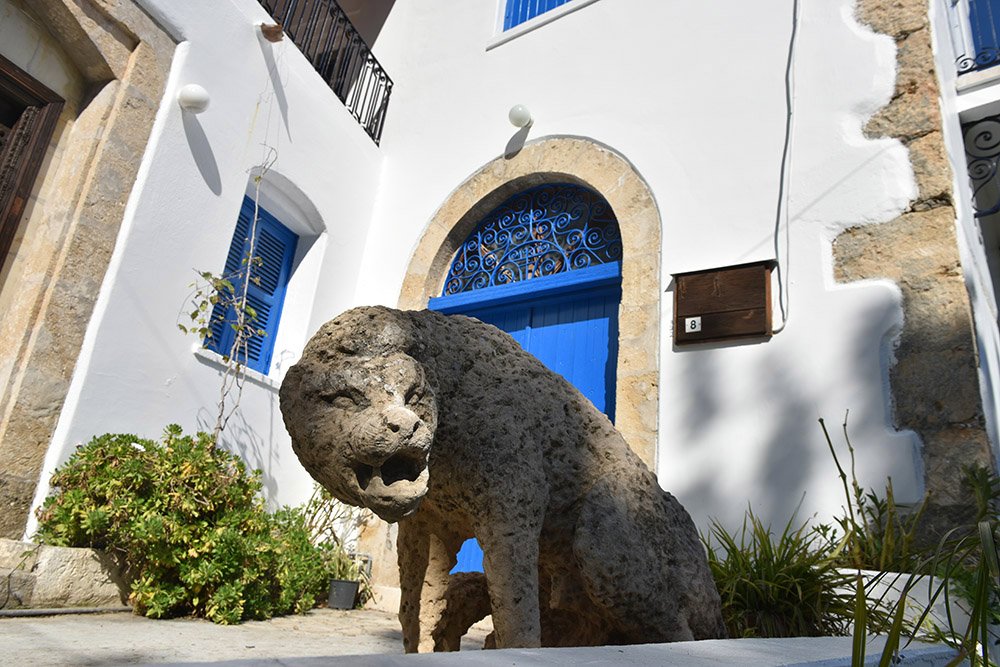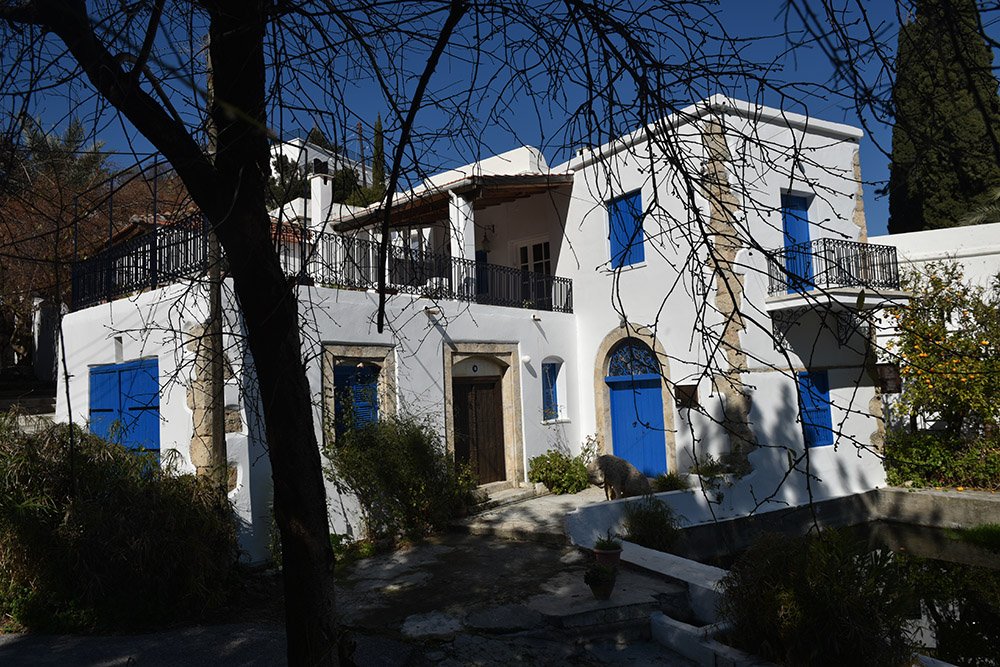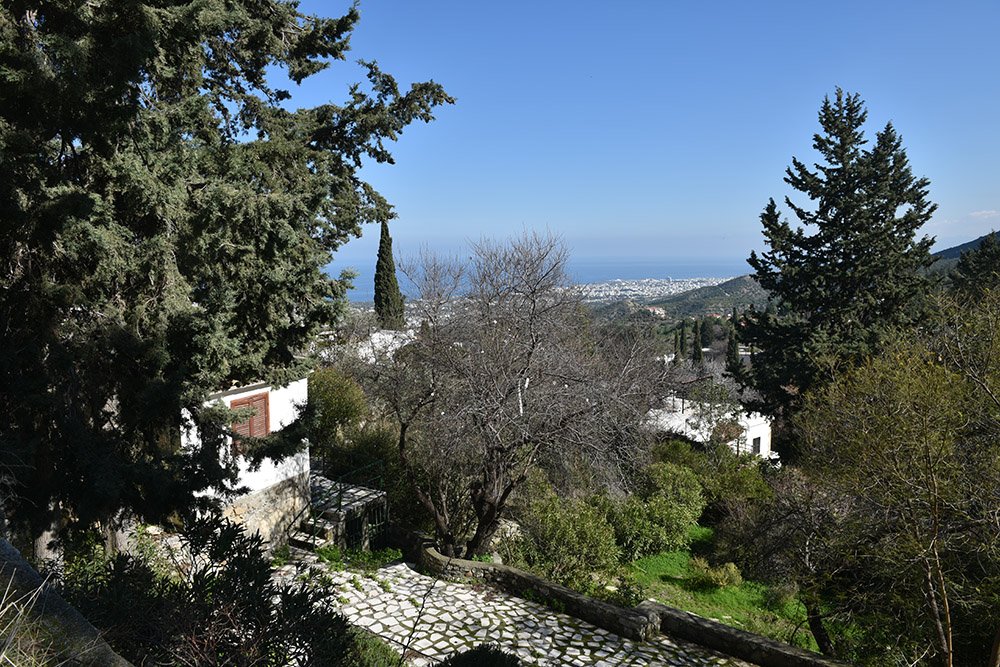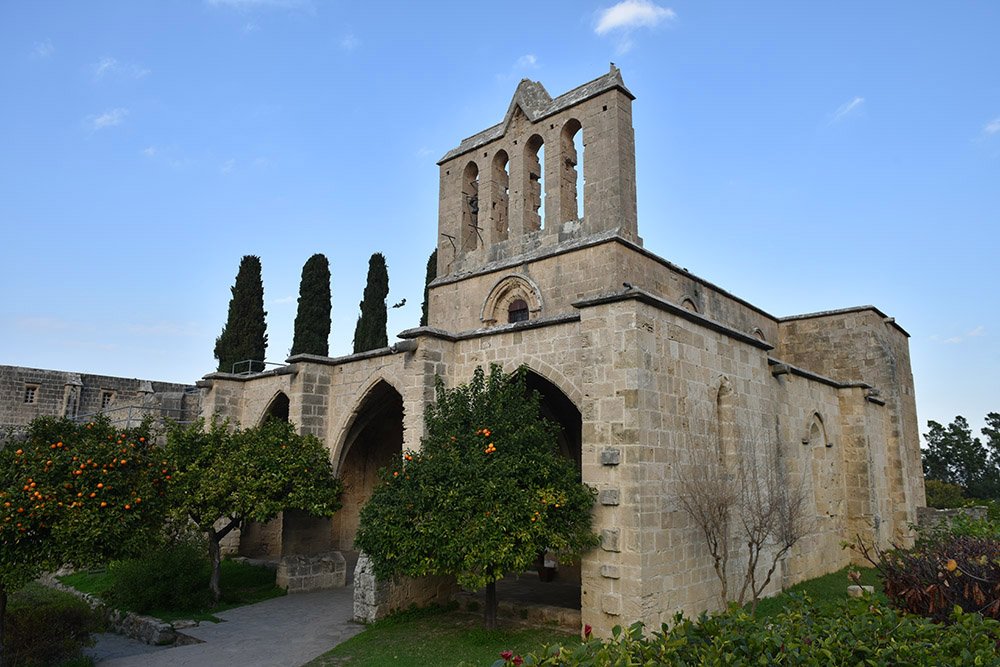Travel Around – Old Villages
Travel Around
For many visitors coming into North Cyprus it is akin to time travel. Gone are the busy resorts, malls and familiar international chains of the south, replaced by remote villages and a slower place of life – “the Mediterranean as it used to be” in the words of the local tourist board.
Car Hire – Hiring a car in North Cyprus is easy. Costs range from 13.00GBP per day in low season to 20 – 30GBP in high season, depending on the size of car required. There are many car-hire companies in North Cyprus most of which offer special rates throughout the year.
Bicycle – Bike hire is available and ranges from around 12.00GBP per day.
Karmi (Karaman) Village
This is the only village in North Cyprus that has been entirely renovated. It also boasts a small Bronze Age site. This is only a 20 minutes drive from Kyrenia and the final part is up a narrow winding road which climbs up to the village. St. Hilarion Castle is within walking distance of this village.
Lapta
Lapta is located 6 miles west of Kyrenia, and spread over the slopes of Five Finger Mountains. Lapta, also known as “Lapithos” or “Laphetos” in ancient times, is one of the oldest civilized areas in Cyprus. Lapithos was the centre of one of the 9 kingdoms of Cyprus. The city kept its importance in Roman and Byzantine periods. In the Roman period, Lapithos became one of the four districts of Cyprus and changed its name from Lapithos to Lambousa. Today, you can still see Lambousa ruins situated about 1.5 miles north of the Lapta town. Lapithos was destroyed by Arab raids in the years of 653-654, and then became lively center in Latin period in the 10th century, as well as in the Ottoman period (1571-1878)
Bellapais
A small village in the Kyrenia District in the northern part of Cyprus, about four miles from the town of Kyrenia. It is under the de facto control of Northern Cyprus.
The village was – for some years – the home of Lawrence Durrell, who wrote about life in Cyprus in his book Bitter Lemons. He mentions passing the time drinking coffee under the Tree of Idleness in the village and there are two places which lay claim to being the spot. Unfortunately his book did not identify it completely, or perhaps fortunately, because two establishments can now profit from the name. His house, up a very steep climb, has a plaque on it and one can have the pleasure of returning by a not-quite-so-perpendicular way that passes by old olive presses.
The jewel of the village is Bellapais Abbey or “The Abbey of Peace (from French: Abbaye de la Belle Paix). Built by canons regular of the Premonstratensian Order in the 13th century, it is a most imposing ruin in a wonderful position commanding a long view down to Kyrenia and the Mediterranean sea.

